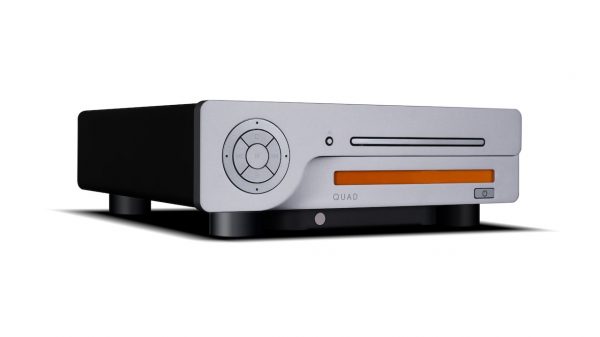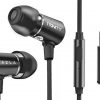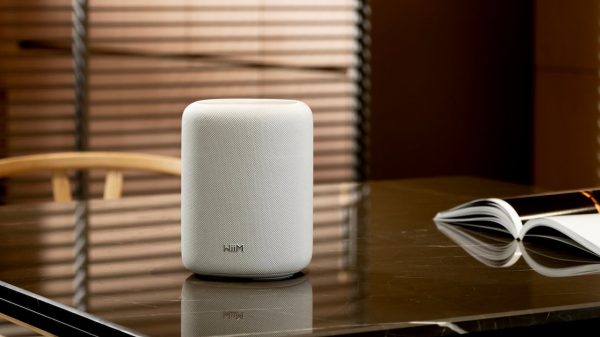The announcement was a big one: In May, Germany’s two public broadcasting corporations, representing a total of fourteen stations, announced that they would only make their programs available to IPTV operators whose solutions support important European television standards such as DVB (Digital Video Broadcasting).
Cable, satellite, terrestrial broadcasts or broadband networks — there are various ways of transmitting digital television. “The advantage of DVB is that it covers all these possibilities seamlessly with its standards, and the DVB project has also developed MHP (Multimedia Home Platform), a standard for interactive applications such as voting, home shopping and gaming,” said Juergen Heiles, who is responsible at Siemens Communications for standardization in topics related to Home Entertainment.
The work of the DVB Project these days clearly reflects the worldwide success of IPTV. Around the turn of the century, experts — who now also increasingly include representatives of carriers — began defining the transmission of digital TV over broadband in the DVB-IPI standard. The goal was to create as homogeneous a landscape as possible, particularly for users. “The result is an initial document that has been adopted and published and that we have used as the basis for implementing our SURPASS Home Entertainment solution,” explained Juergen Heiles. The Siemens solution already complies with the standard in essential points. For example, MPEG2 and H.264 are used as the video encoding methods.
The latest initiative on IPTV standardization comes from the ITU (International Telecommunication Union). The objective of an IPTV working group established in early 2006 is to bundle the various international standardization activities. This goal accords with the commitment of Siemens Communications to drive global standards. “We are agreed there is no need to reinvent the wheel, but that the DVB standards platform, which has already proven its great value internationally, can be used,” noted Juergen Heiles.























